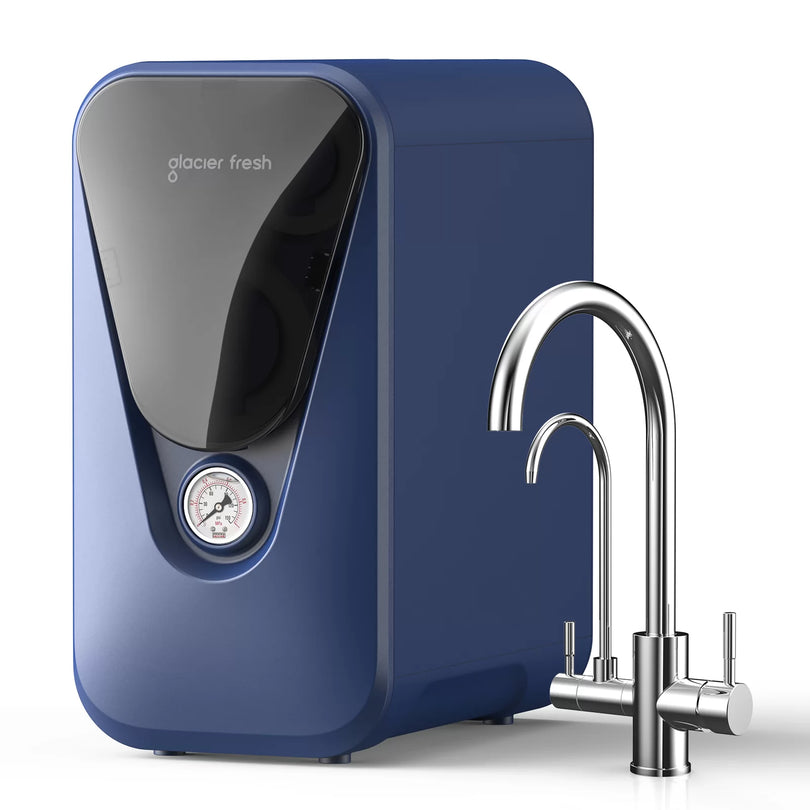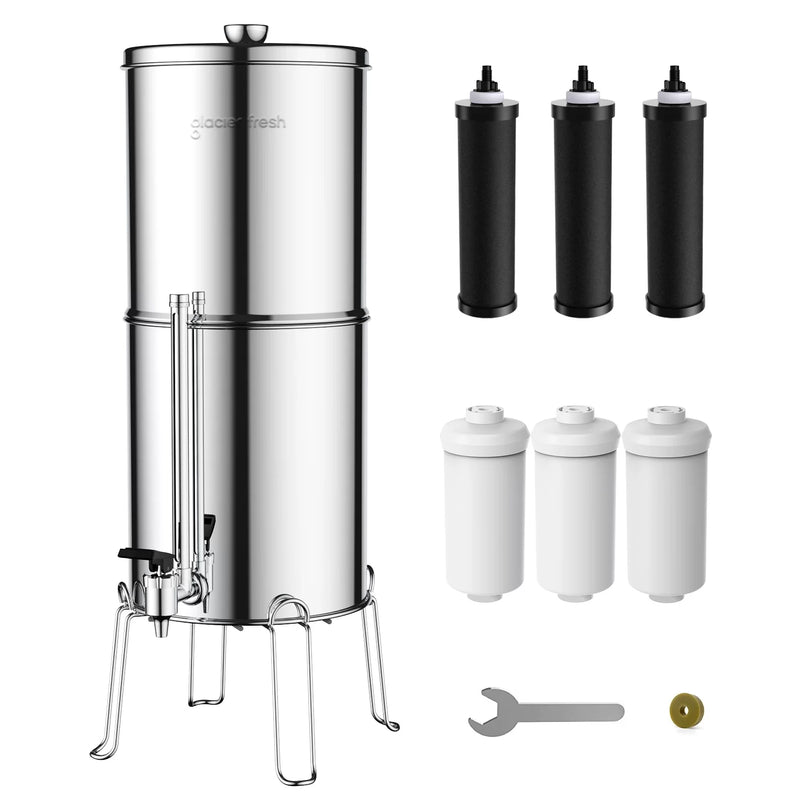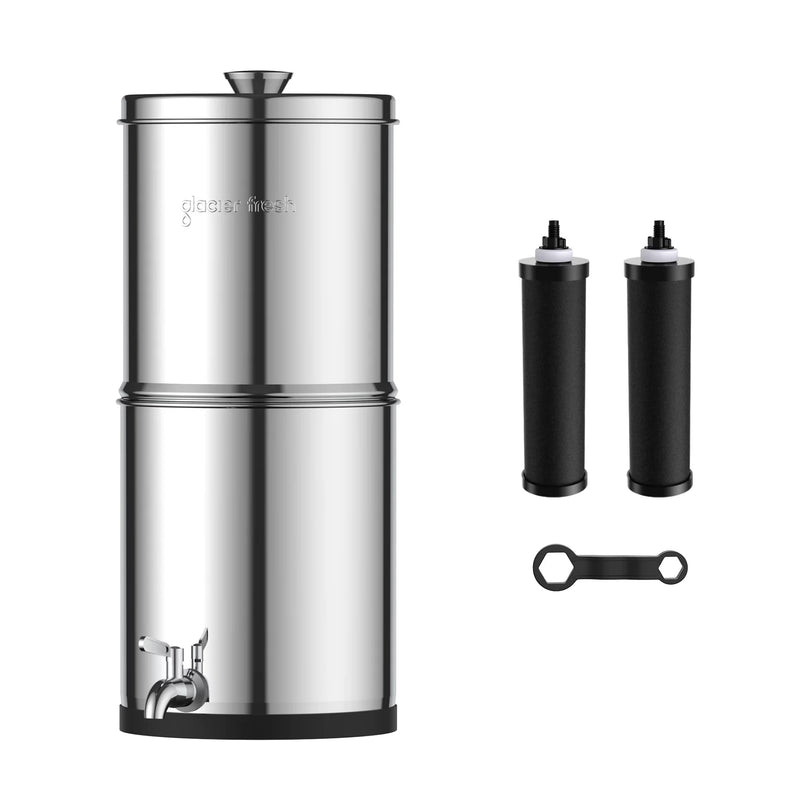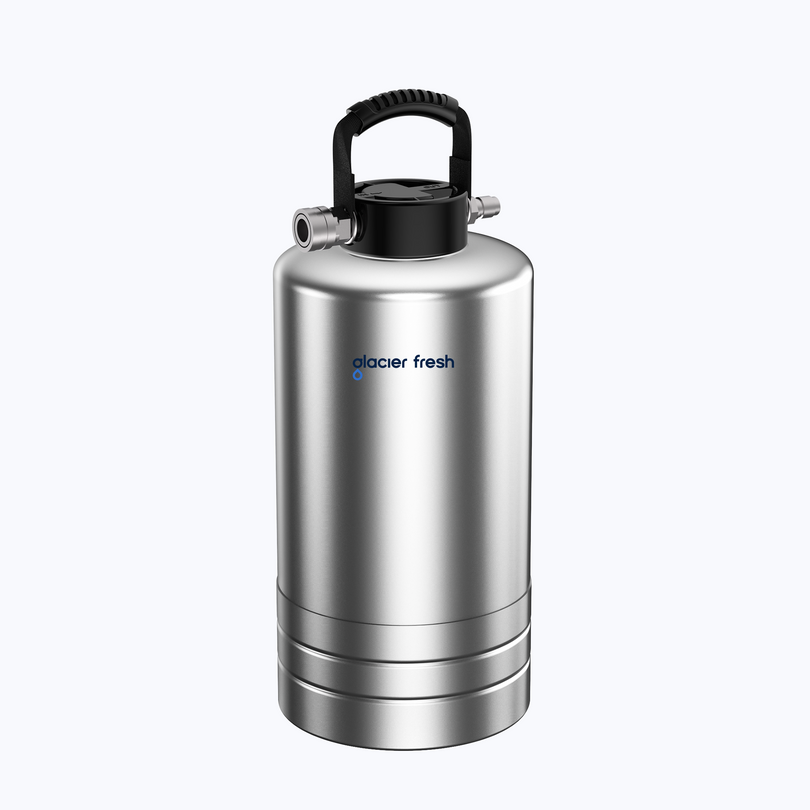Table of Contents:
The water-food nexus: understanding the connection
The water footprint of food
Direct and indirect water footprint in food production
Strategies for reducing water footprints in food production
FAQs
Conclusion
Discover how your food affects global water resources from your shower to your plate. Your food choices play a significant role in environmental sustainability and conservation efforts. You can make a positive impact by understanding the water footprint of food and learning about direct and indirect water footprints in food production. Find out strategies for reducing water footprints in food production and contributing to water conservation. Your choices matter more than you think in shaping the future of our water resources.
The water-food nexus: understanding the connection
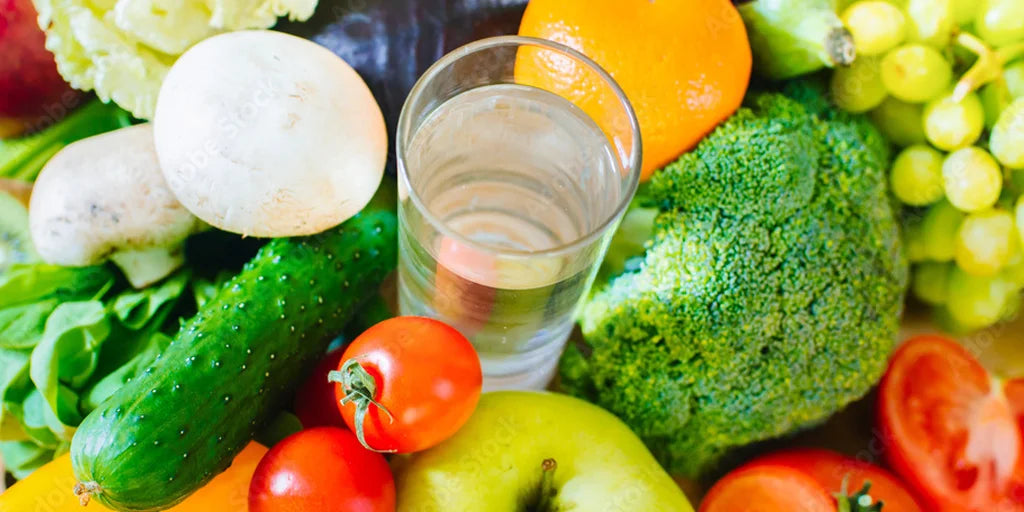
When choosing what to eat, you directly affect the water resources from shower to plate. Opting for sustainably grown produce supports sustainable agriculture practices that prioritize water conservation. Techniques like drip irrigation and soil conservation help minimize water usage, reducing the environmental impact of food production. By understanding where your food comes from in the supply chain, you can make informed decisions that promote food sustainability.
Supporting sustainable agriculture not only benefits the environment but also ensures a more secure food supply for the future. When farmers implement water conservation strategies, they help preserve this vital resource for generations to come. Your food choices play a crucial role in shaping the demand for responsibly produced goods, influencing the practices of the entire supply chain. By actively choosing sustainably sourced foods, you contribute to a healthier planet and promote a more sustainable future for all.
The water footprint of food
What is a water footprint?
Understanding the water footprint of food is essential for grasping the impact of our dietary choices on water resources. The water footprint represents the total volume of freshwater used to produce the goods and services we consume. This concept sheds light on the environmental impact of our consumption patterns and the importance of sustainable agriculture practices in water conservation and resource management. By being mindful of the food's water footprint, we can contribute to more sustainable water usage and support environmentally friendly practices.

Different categories of water footprints
To gain a deeper insight into the impact of food choices on water resources, it's important to examine the different categories of water footprints associated with food production. Water conservation plays a crucial role in minimizing food's water footprint.
Understanding water usage in agriculture, processing, and transportation is essential to address the water impact of various food items. Water consumption differs among food types, with some requiring significantly more water than others. Water sustainability in food production is vital to ensure future water availability for agricultural and domestic use. By being aware of these categories and their implications, you can make informed choices to reduce your water footprint and contribute to conservation efforts.
The importance of water footprints in food production
Considering food's water footprint is essential for understanding its impact on water resources. It sheds light on how our food choices influence water conservation, sustainable agriculture, crop irrigation, environmental impact, and resource management.
- Water Conservation: By analyzing water footprints, you can identify which foods require excessive water usage and make more informed choices to conserve water.
- Sustainable Agriculture: Understanding the water footprint helps promote sustainable farming practices that minimize water waste and promote long-term environmental health.
- Crop Irrigation: Water footprints highlight the water-intensive nature of crop production, emphasizing the importance of efficient irrigation methods to reduce water consumption and environmental impact.
Direct and indirect water footprint in food production

When choosing what to eat, you may need to realize the significant impact that both direct and indirect water footprints in food production have on water resources. A direct water footprint refers to the water consumed during the production process. In contrast, an indirect water footprint refers to the water used in the entire supply chain of a product. Understanding these concepts is crucial for making informed decisions about your diet's impact on water resources. To illustrate the difference between direct and indirect water footprints, consider the following table:

Strategies for reducing water footprints in food production
Consider implementing water-efficient farming practices to reduce water footprints in food production. Utilizing improved irrigation techniques is another key strategy. Being mindful of your consumer behavior and food choices is crucial. These strategies are essential in conserving water resources and promoting sustainable agriculture practices.
Improved irrigation techniques
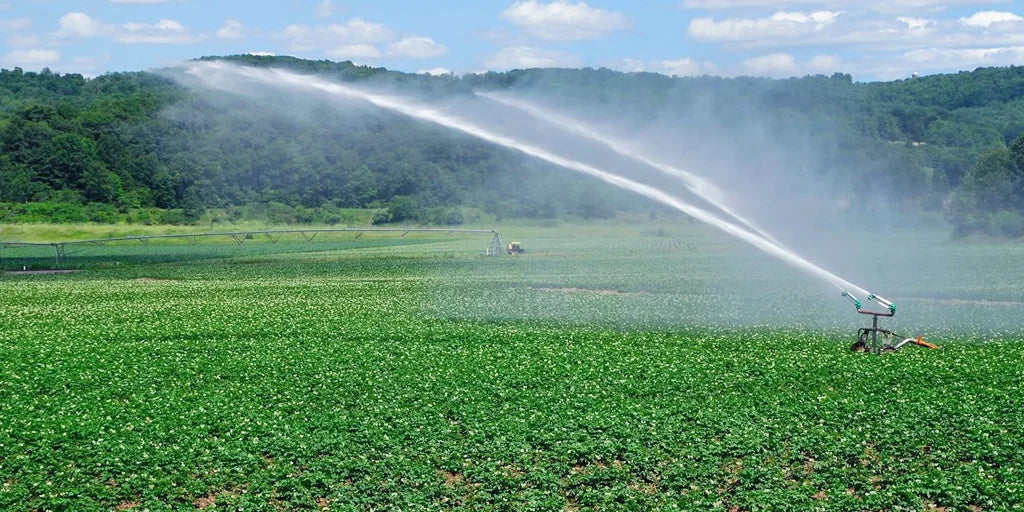
Implementing improved irrigation techniques can significantly reduce water footprints in food production. Drip irrigation methods, such as targeted watering directly to plant roots, minimize water wastage.
Soil moisture management is crucial in optimizing water usage, ensuring crops receive adequate hydration without excess runoff. Crop rotation benefits enhance soil health and help conserve water by varying water demands across plant species.
Water-saving technology, like moisture sensors and efficient irrigation systems, further improves farm water efficiency. Embracing sustainable farming practices, such as mulching and cover cropping, promotes water retention in the soil and reduces the overall water footprint of agricultural activities.
Water-efficient farming practices
Water-efficient farming practices are crucial in reducing water footprints in food production. Farmers can optimize water usage and minimize waste by implementing sustainable agriculture techniques. Here are some critical strategies for reducing water footprints in food production:
- Crop Rotation: Rotating crops helps maintain soil health, reducing the need for excessive watering and preventing soil erosion.
- Drip Irrigation: This precise watering method delivers water directly to the roots of plants, minimizing evaporation and runoff.
- Water Conservation: Implementing water-saving technologies and practices, such as rainwater harvesting or using drought-resistant crops, can significantly reduce water usage on farms.
Consumer behavior and food choices

By making mindful choices in your food consumption, you can play a crucial role in reducing water footprints in food production. Here are some strategies to help you make a positive impact:
- Sustainable agriculture: Support farmers and brands prioritizing sustainable farming practices to reduce water usage and environmental impact.
- Consumer awareness: Stay informed about the water footprint of different foods and choose products with lower water consumption whenever possible.
- Culinary choices: Opt for plant-based meals more frequently as they generally have a lower water footprint than animal products.
FAQs
How can individuals track and calculate their water footprint from their food consumption?
Use apps or online tools to track and calculate your personal water footprint from food. Focus on water-intensive foods and regions, adopting tech for water reduction. Consider the ecosystem impacts of food choices and support government regulations on water use.
Are there any specific regions or crops with exceptionally high water footprints that consumers should know?
Specific crops like almonds and rice have high water footprints in some regions, creating global hotspots. Consumer awareness can help address regional disparities, and sustainable agriculture practices can reduce the impact of water-intensive crops on water resources.
Conclusion
As you choose what to eat, remember that your decisions impact water resources. By being mindful of the water footprint of the foods you consume, you can make a positive difference in conserving water. Consider opting for more water-efficient options and supporting sustainable farming practices to help reduce the strain on our water supply. Your food choices matter, so choose wisely and help protect our precious water resources for future generations.

